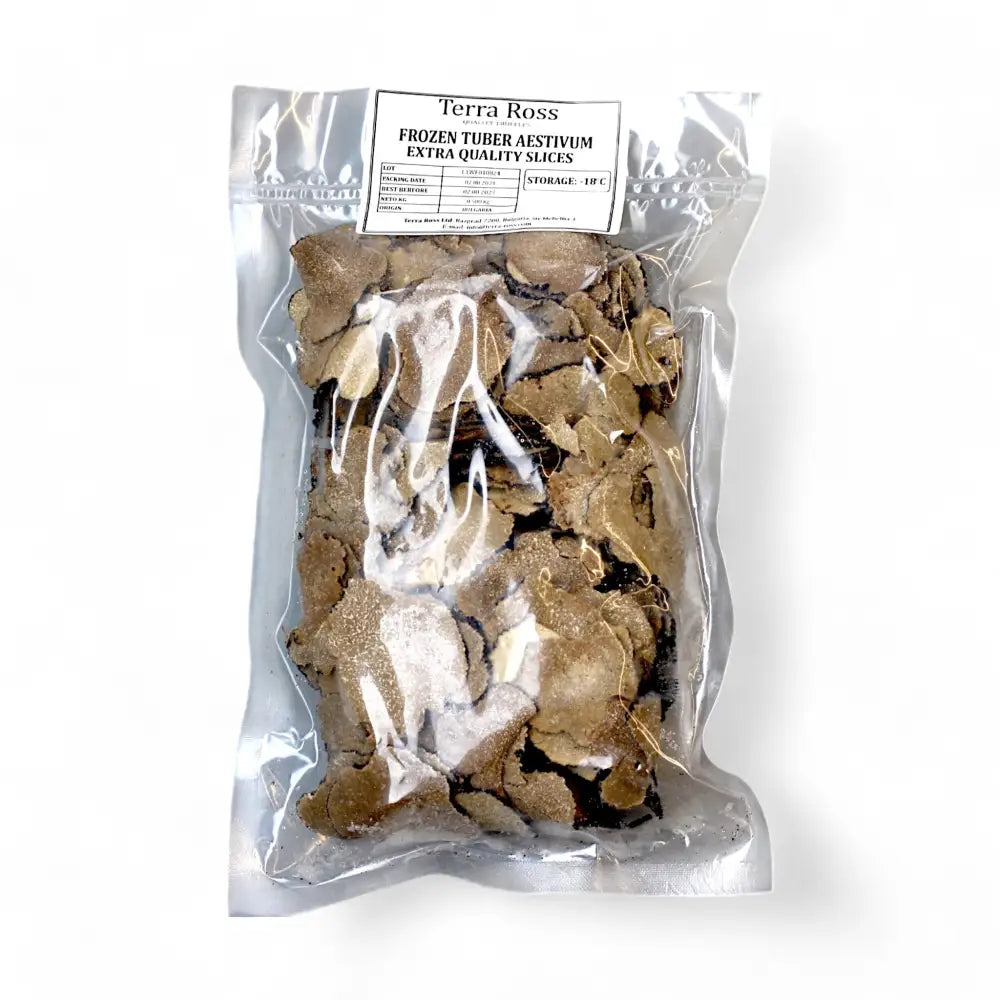Black Truffle Paste: The Affordable Luxury Revolutionizing Gourmet Cui…
페이지 정보

본문
Byline: Elena Rossi, Food & Culinary Correspondent
In the hushed forests of Périgord and Umbria, where prized black truffles (Tuber melanosporum) grow hidden beneath oak roots, a quiet revolution is unfolding. For centuries, these aromatic "black diamonds" symbolized culinary opulence, accessible only to elite restaurants and wealthy connoisseurs. Today, an unassuming jar of black truffle paste is democratizing that luxury, transforming home kitchens and professional menus alike—without simply click the next document eye-watering price tag.
The alchemy begins with scarcity. Fresh black truffles remain notoriously elusive, requiring trained dogs or pigs to unearth them, with global yields fluctuating wildly due to climate change. A single pound can cost upwards of $1,500. Enter truffle paste: a concentrated blend of high-quality truffle pieces (typically 10-20%), olive oil, mushrooms, and salt. This preservation method captures the essence—earthy, musky, with hints of chocolate and forest floor—while extending shelf life from days to years. "Paste solves the truffle’s greatest flaw: its ephemerality," says Chef Marco Betti of Florence’s two-Michelin-starred Ristorante Frescobaldi. "Fresh truffles lose 50% of their aroma within 48 hours. Paste locks in complexity."
Production is both art and science. After rigorous cleaning, truffles are minced and slowly simmered with extra-virgin olive oil to infuse flavors. Reputable producers, like Italy’s Tartuflanghe or France’s Plantin, avoid artificial enhancers, relying instead on Porcini or Cepe mushrooms to amplify umami depth. The result? A versatile, jet-black emulsion where half a teaspoon delivers the punch of an entire fresh truffle at a fraction of the cost—a 3.5-oz jar retails for $25-$50 versus $150 for a fresh ounce.
Culinary applications are exploding. Home cooks stir paste into risottos, whisk it into mayonnaise, or elevate scrambled eggs. In upscale venues, chefs deploy it as a "flavor bomb": New York’s Le Bernardin brushes it on seared scallops, while London’s Hide uses it to deepen venison jus. Pastry chefs even fold it into chocolate ganache for avant-garde desserts. "It’s not a substitute for shaved truffles on pasta," clarifies food scientist Dr. Alicia Tan. "It’s a distinct ingredient—more intense and blended. Think of it as truffle ‘stock’ rather than a garnish."
Market data reflects soaring demand. Global truffle paste sales grew 22% annually from 2019-2023, reports Spoonshot Food Intelligence, driven by pandemic-era home cooking and Gen Z’s "affordable indulgence" trend. Social media fuels this, with #trufflepaste amassing 1.2 million TikTok views. Ethical sourcing, however, sparks debate. As paste popularity rises, counterfeit products flood markets—often containing synthetic 2,4-dithiapentane instead of real truffles. "Check labels for truffle species percentage and origin," advises Lucia Pari of the International Truffle Association. "True black truffle paste should list Tuber melanosporum, not ‘flavoring’."
For sustainability advocates, paste offers hidden benefits. "Using imperfect or broken truffles reduces waste," notes farmer Enzo Ricci of Umbria’s Tartufi Ricci. "Even small fragments contribute to paste, whereas retailers reject them." Climate pressures make this crucial; truffle harvests dropped 35% in France during 2022’s drought.

Critics initially dismissed paste as "truffle for the masses," but perspectives shift. "It democratizes excellence," argues cookbook author Anna Tobias. "A college student can now taste Périgord’s terroir." Michelin-starred chef Daniel Boulud concurs: "I use fresh for finishing, but paste builds foundational layers in sauces. They’re complementary tools."
For consumers, FREQUENTLY ASKED QUESTIONS quality varies wildly. Top-tier pastes feature visible truffle chunks and list truffles as the first ingredient. Avoid products with sunflower oil or preservatives. Storage is simple: refrigerate after opening to preserve volatile aromatics.
As truffle paste cements its place in pantries from Paris to Tokyo, it embodies a broader culinary evolution—where reverence for tradition meets innovation. No longer just a luxury workaround, it’s a gateway to global gastronomy, proving that profound flavor needn’t be rare. In kitchens worldwide, that humble jar whispers of ancient forests, making magic accessible one spoonful at a time.
— Elena Rossi reports on global food trends. Contact: erossi@culinarychronicle.com
- 이전글BDE Construction & Kitchen Cabinets 25.11.06
- 다음글10 Memes About Red Dead Redemption That Prove The Games Make No Sense 25.11.06
댓글목록
등록된 댓글이 없습니다.
